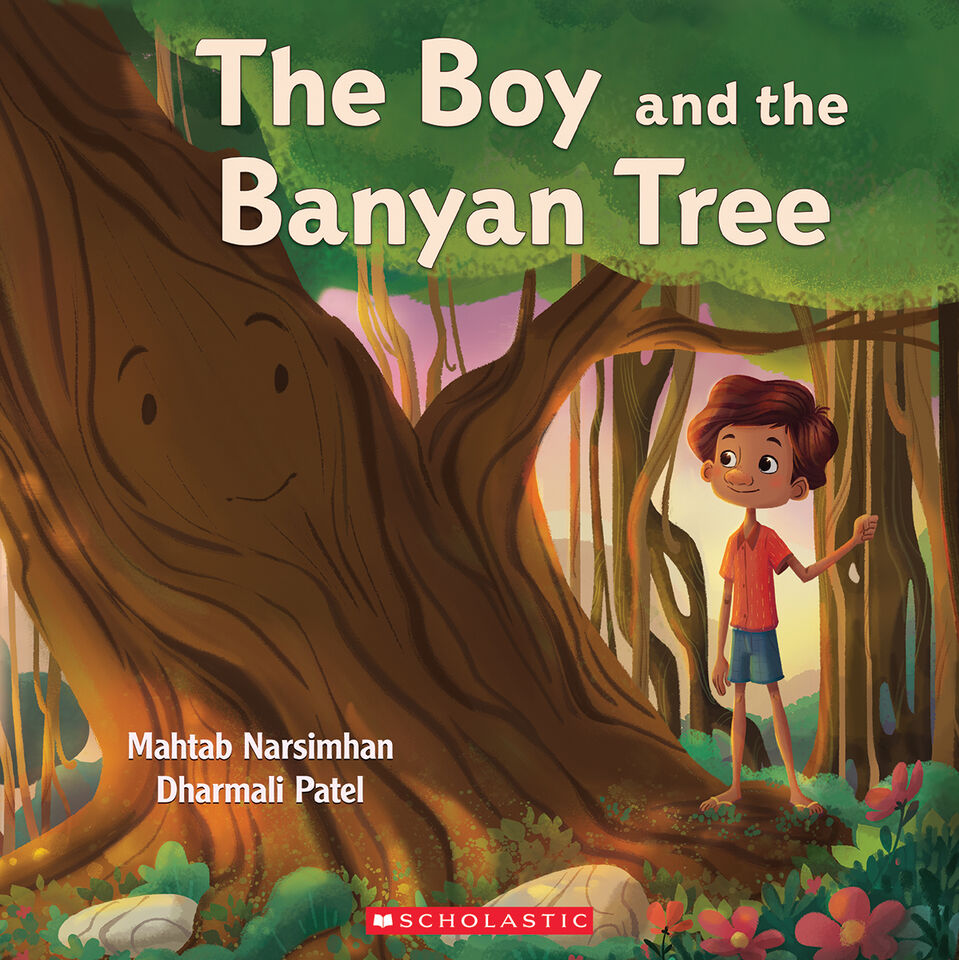
What inspired you to write your book? Where did the idea for your book come from?
When life slowed down during the pandemic, we all reached out to family and friends, fearing for their safety. This is when I realized how busy I had been. That I had not reached out to the ones who mattered so much to me. I made a promise to do better from now on.
The tree in this book is a metaphor for the person(s) who nurtured me and made me who I am today. This story is a tribute to all those “trees” in my life who were also my inspirations; my parents (especially my mom), my siblings, classmates, teachers, and mentors.
In a very literal sense, I also hope this story will raise awareness and gratitude for this beautiful planet we live on, and nature which gives us so much. We have taken our home for granted, and taken from it, for far too long. It is time we gave back, by looking after Earth. Now more than ever she needs us!
What did you enjoy most about writing? What were some challenges that you faced while writing?
While writing this picture book, I loved exploring the themes of gratitude, giving back, and kindness through the character of the boy. I also loved creating the character of the wise Banyan tree who showed the boy how to be independent, brave, and kind. These nuggets of wisdom helped the boy thrive even when he left home to explore the world. Eventually his kind heart brought him back to her, and the community so he could share his wisdom and gratitude with the next generation.
Writing a picture book is always challenging because the fewer words you have (to tell a story), the more precise they have to be. I also had to remember that half the story would be told via pictures, which meant revising a lot of descriptions (which are required for middle grade and young adult novels), which were unnecessary, thanks to Dharmali’s gorgeous illustrations.
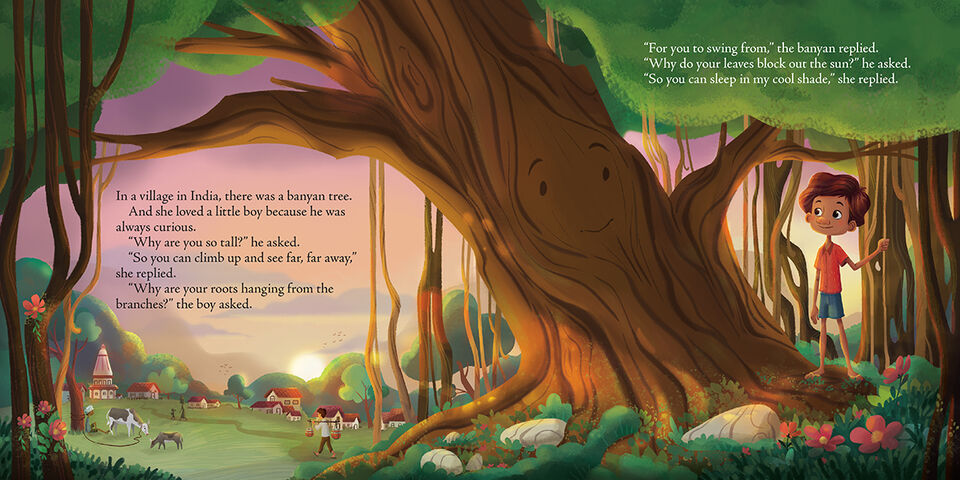
What do you hope your readers will take away from your book?
I hope that young readers will appreciate the people in their lives today and be kind and giving. I also hope that adults reading this will be inspired to reach out and reconnect with the “trees” in their lives. By raising awareness for an ailing Earth, I hope readers, young and old, will be inspired to reduce, recycle, and reuse. My dream is that this book will ignite friendship, gratitude, and giving back, around the globe!
How do you come up with the names for your characters?
Not applicable in this case. For characters in my middle grade novels, I collect unusual names and jot them down in a notebook. I will sometimes look for names in other languages such as Sanskrit and Hindi. Indian mythology is also a wonderful source for some of the characters in my novels.
What books have had the biggest impact on your life? What books were your favourite to read growing up?
I love books with magic and fantasy. I grew up reading C.S. Lewis and Enid Blyton, among others. To date, the books which top my list are The Lion, The Witch, and the Wardrobe (by C.S. Lewis), and the Faraway Tree Series (Enid Blyton). They sparked my imagination and love for all things fantasy. Barring a couple of books, all my novels have an element of the supernatural, magic, or fantasy.
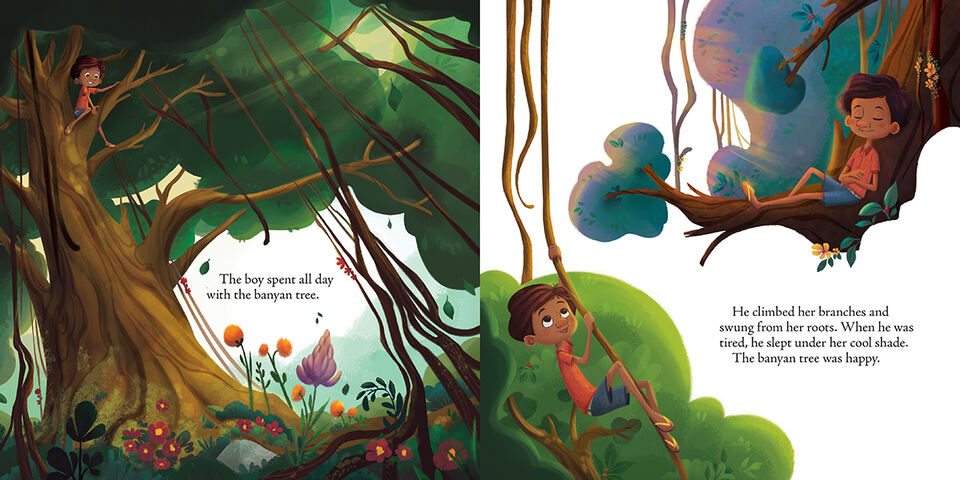
What’s your writing process look like?
When I first started writing, I wrote without a plot or outline. It made for a very messy first draft. My first novel, The Third Eye, was revised 20 times over a period of four years before it was published. Happy to say that it won the Silver Birch Fiction Award which meant so much because the book was selected by my readers.
These days I tend to outline all my novels and picture books. The revision is a little bit easier, and I can get to the final draft in under ten revisions. That’s progress!
Depending on the length of the novel, I usually get through the first draft in about 3-6 months. I put it away for a couple of weeks and then start revising. Once I’m happy with the revision, I send the manuscript out to my critique partners and review their collective feedback. One more revision later, the book goes to my agent and then out to submission to editors at various publishing houses. In all of this, patience is the key.
What’s next for you?
I’m currently working on a young adult novel. The first draft is finished. I’m in the revision process. You know what comes next. ☺
What piece of advice would you share with young readers?
Read a lot. Practice writing. Without either of these skills/tools, you cannot write.
Why do you think reading is so important?
Reading opens your mind, your horizon, and your perspective. It helps you to understand yourself, as well as those who are not like you.
Above all, it helps you empathize with those facing challenges and provides you with tools and ideas on how to help them to make the world a kinder place, for everyone.
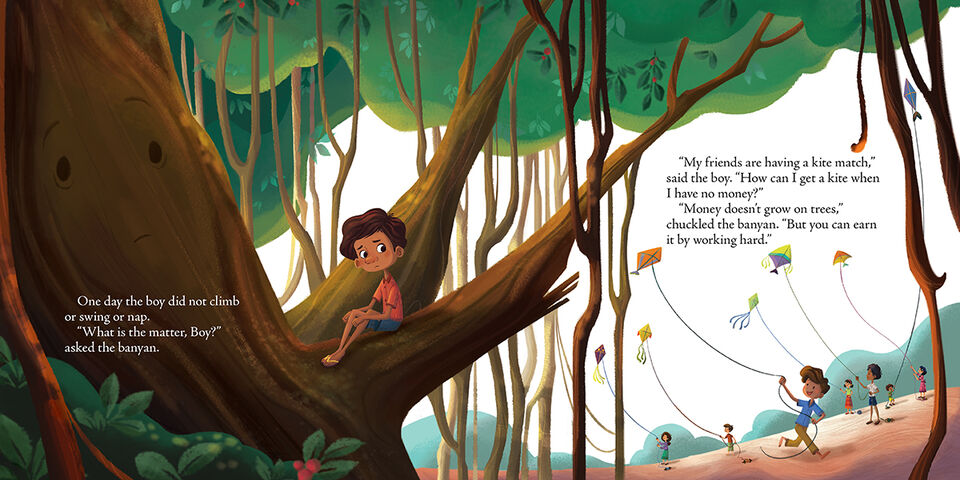
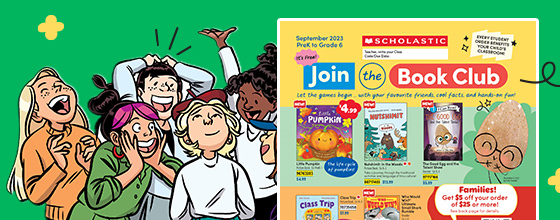 Book Clubs
Book Clubs
Scholastic Book Clubs helps kids discover the joy of reading. Together, we put can’t-miss books into kids’ hands—at can’t-miss prices, while also giving back to a teacher's classroom!
Visit us online Book Fairs
Book Fairs
Bookjoy or bust! Millions of children have discovered books—and a lifelong love of reading—at a Scholastic Book Fair.
Visit our site